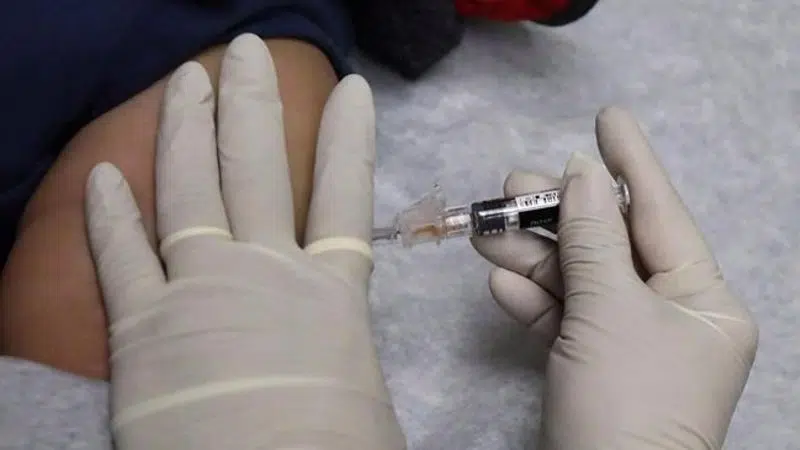
Flu cases starting to surge, with kids and teens especially vulnerable: doctors
TORONTO — Cases of influenza are continuing to ramp up across the country, with kids and teens bearing much of the brunt of the dreaded winter bug, say infectious diseases experts, predicting that the peak of the annual sneezing-coughing-feeling-miserable season is likely still several weeks away.
This year’s flu season has a far different profile than last year’s: it began earlier and the predominant circulating A strain is H1N1, the viral type that caused the pandemic in 2009-2010 but hasn’t made much of an appearance for the last few years.
Those previous seasons were dominated by H3N2, an influenza A strain that is particularly hard on older adults and which typically carries a higher risk of complications like pneumonia that can lead to hospitalization or death, said Dr. Danuta Skowronski, epidemiology lead of influenza and emerging respiratory pathogens at the BC Centre for Disease Control.


